Having collaborated with a variety of organisations, big and small, across diverse industries with strategic goals spanning from run-off to world domination, I’ve witnessed it all – the successes, the failures, and the downright messy. Yet, it is these experiences that have armed me with crucial insights and lessons for designing and executing a successful Operating Model.
Current State Analysis is crucial
Whilst the current state, as reflected in existing company IP and document, offers valuable insights, true value lies in deciphering the unspoken rules that shape organisational culture, information flow, communication, and issue management – essentially the unwritten handbook steering business operations. Leaders need to grasp the reality of HOW their organisation operates, the ugly and all. This analysis should be the right fit, avoiding unnecessary complexity, crafted to reveal and present reality.
Surprisingly, some leaders shy away from confronting the genuine challenges and opportunities for improvement – the roadblocks for success, however understanding and embracing the full, unfiltered truth is key.
Success lies in understanding the interaction between the elements of your Operating Model and the “non-written” rules of engagement
An organisations Operating Model goes beyond people, process, and technology, as explored in IQ Group’s Modern Operating Model design framework. It is vital to grasp how the elements influence organisations Cost to Serve, Ability to Adapt, and Customer Experience, whilst understanding external impacts.
Understanding the dynamics of these interactions involves exploring informal communication, issue resolution, relationships, and organisational culture. As Brian Peters, IQ Group’s CEO quoted in his recent blog from Peter Drucker: “Culture eats Strategy for Breakfast”.
With tools and technology such as Enterprise Lens and XeP3, IQ Group can assist leaders in making informed, data-driven decisions through the analysis and identification of core processes and inefficiencies in an accelerated timeframe.
Craft a powerful top-down message and ensure leaders are in sync with strategic goals
Without a clear, articulated vision of strategic objectives and future outcomes, the path to achieving these goals can become clouded, causing unnecessary noise, complexity, and obstacles to successful delivery. This is why it is crucial to foster clear communication from top down, ensuring understanding and alignment of strategic goals.
Success demands a clear vision – Crafting a prioritised, data-driven roadmap from present to future
Desmond Tutu insightful metaphor, “There is only one way to eat an elephant: a bite at a time”, underscores the importance of a step-by-step approach. Adopting this perspective, crafting a well-structured, prioritised, and future-oriented roadmap ensures clarity and momentum, whilst allowing for adjustments during the journey to accommodate for the impacts of internal and external variables.
These insights form the key, and unfiltered learnings for designing and implementing an Operating Model. Leveraging technology and tools such as XeP3, IQ Group can assist organisations in aligning their operations with their overarching strategy.
For more information on our partnership with XeP3 please read our announcement on LinkedIn.
If you have any questions or would like to chat with one of our team members, feel free to contact us.
By Jenny Abraham, Consulting Director

Recent Comments